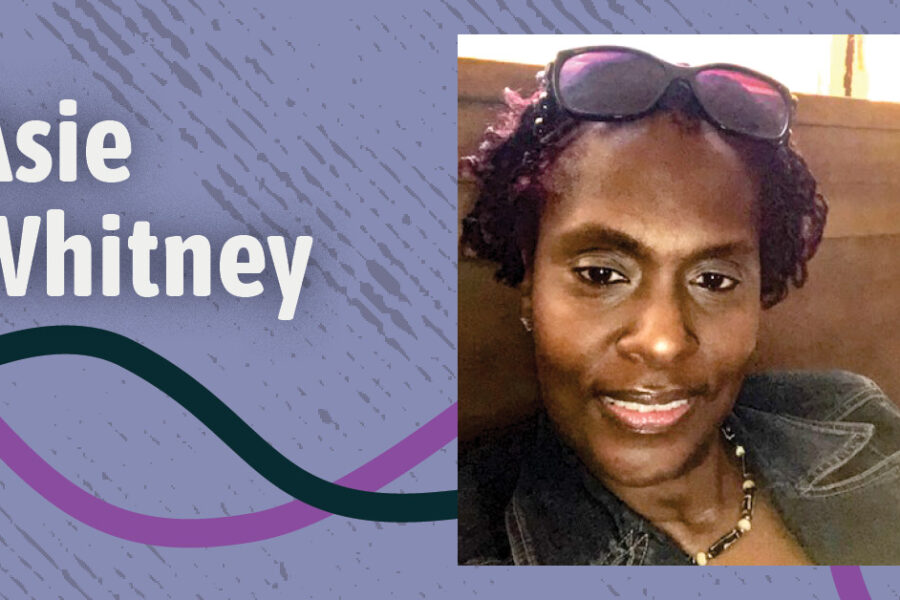How can a Critical Skills Classroom promote better STEAM teaching and vice versa? Learn how to create better lesson plans and do teacher prep effectively to make STEAM learning a fun and engaging experience for both students and teachers.
Sharing Experiences in Teaching a STEAM Class
The webinar focuses on what great teachers do, how learning happens, and why process matters. It is led by two faculty members of Antioch University, Tom Julius and Laura Thomas.
Rachel Van Hazinga shared her experience teaching a STEAM (Science and Technology, Engineering, Arts, and Mathematics) classroom in Deal School, New Jersey. One of her biggest challenges is redesigning the lessons to make learning a fun and meaningful experience.
She recommends staying open to students and asking them to take part in designing STEAM programs grounded in the joy and wonder of learning. Find natural connections between STEAM content areas and then start playing and experimenting.
A Critical Skill Classroom helps us find the “how” when teaching a STEAM class. It has four pillars:
- Experiential learning
- Standards or results-driven learning
- Problem-based learning
- Collaborative learning community
Ask students what matters to them, what needs fixing around the school, and what they think are possible solutions to these problems. A collaborative learning community is the most important pillar because, as educators, we need to become learners first. We have to work with our students because there is no STEAM without a team.
Learning the STEAM Mindset
With the STEAM mindset, we develop the right vision when teaching STEAM. Many questions below focus on the need to be creative and solve real-world problems.
STEAM Enduring Understandings
- What does it mean to be creative and innovative?
- What can our imagination be used for?
- How can it be used to solve a problem?
- How can we come up with new ideas to solve a problem?
STEAM Essential Questions
- What does it mean to be a problem-solver?
- What must you know about a problem before you can develop a solution?
- How can making mistakes be an important part of learning?
- Why is it important to know the resources you have to solve a problem?
- What are some advantages to planning before starting a project?
Characteristics of a Critical Skills Classroom
Identifying the characteristics of a Critical Skills Classroom helps us see our roles as educators. Additionally, we can assess how our students can participate in the learning process, look for ways to modify our lesson plans, and explore what other teacher prep we can do to facilitate successful STEAM learning.
Students
- Actively solve meaningful problems
- Work frequently as a team
- Apply quality criteria to students’ work
- Publicly exhibit their learning
- Reflect on what students are doing and learning
- Take responsibility for their learning and the classroom community
Teachers
- Design, facilitate, coach, and support the learning process
- Guide classroom culture, curriculum, and assessment with targeted learning results
- Plan for work to be interconnected
Key Takeaways
When creating our lesson plans, we need to consider the role of collaborative effort. While STEAM can be a challenge to both teachers and students, working as a team can make learning easier and more efficient.
Being resourceful, bringing in experts, and making what’s happening in the classroom connect to the real world are crucial parts of teacher prep that ensure successful STEAM learning. Click here to learn more teaching tips straight from our hardworking and esteemed educators.





Leave a Comment